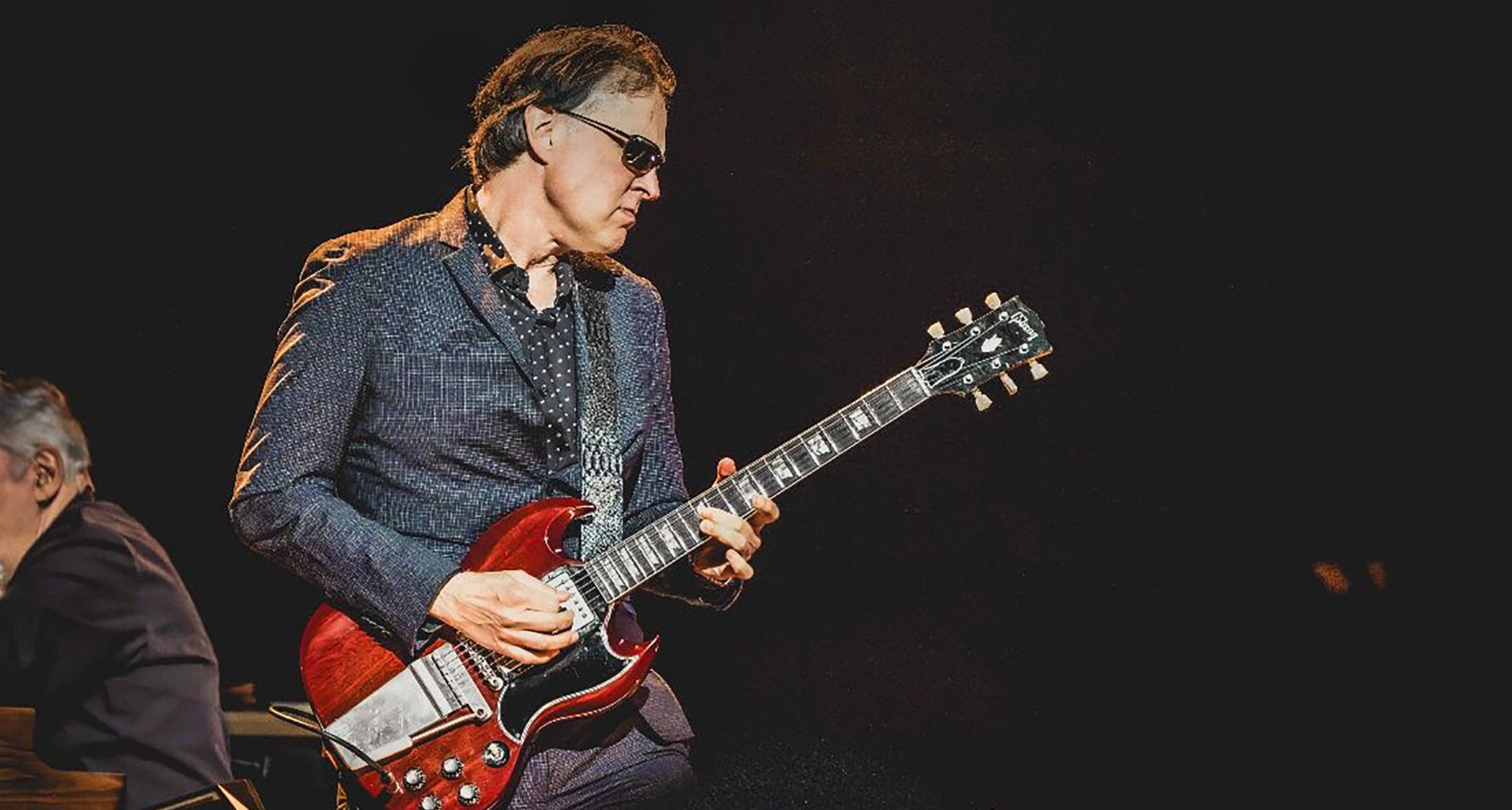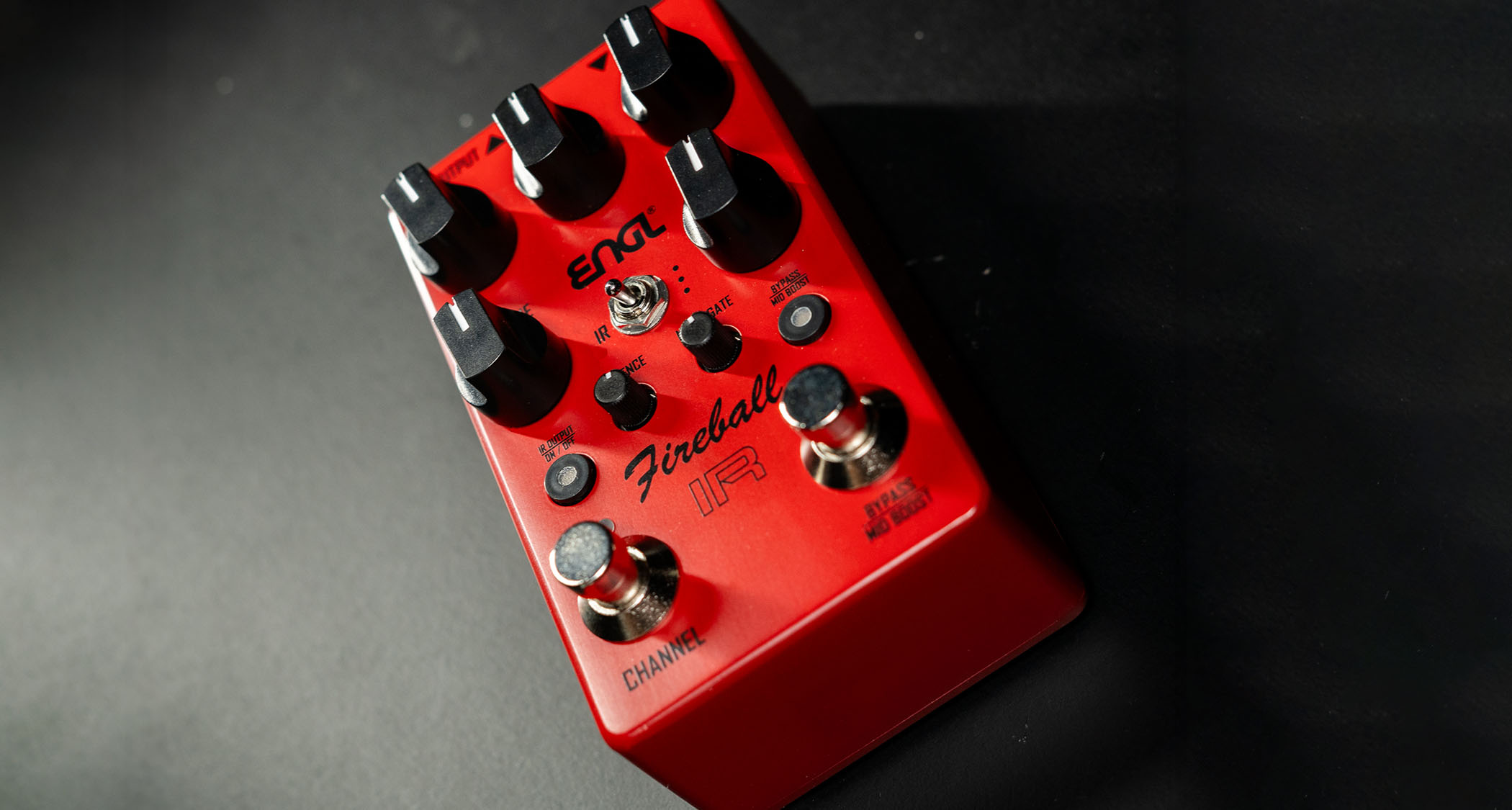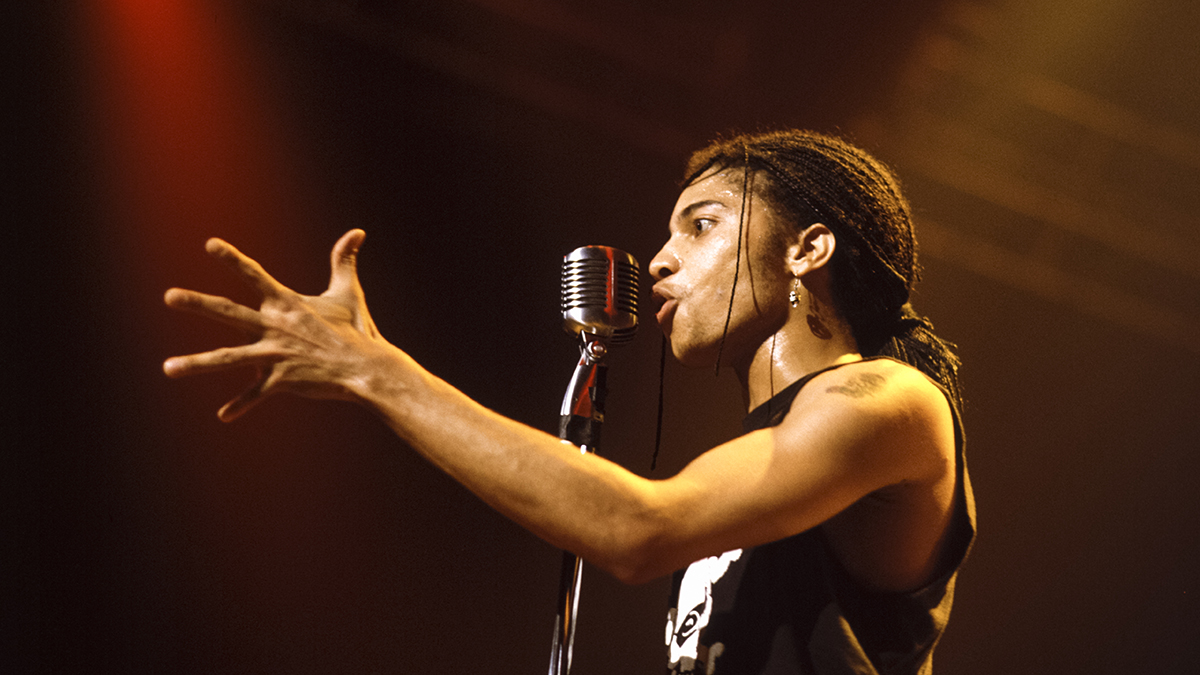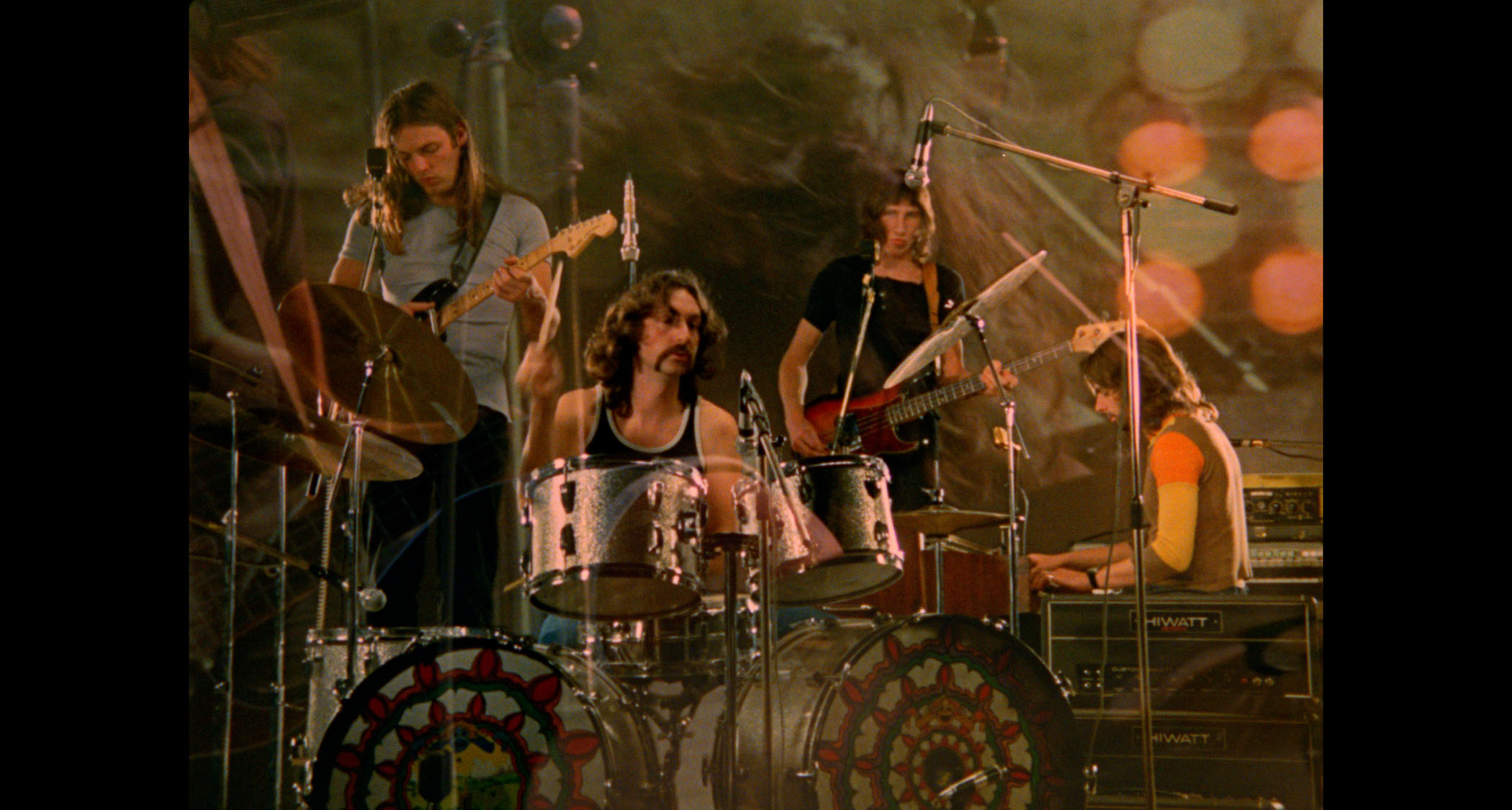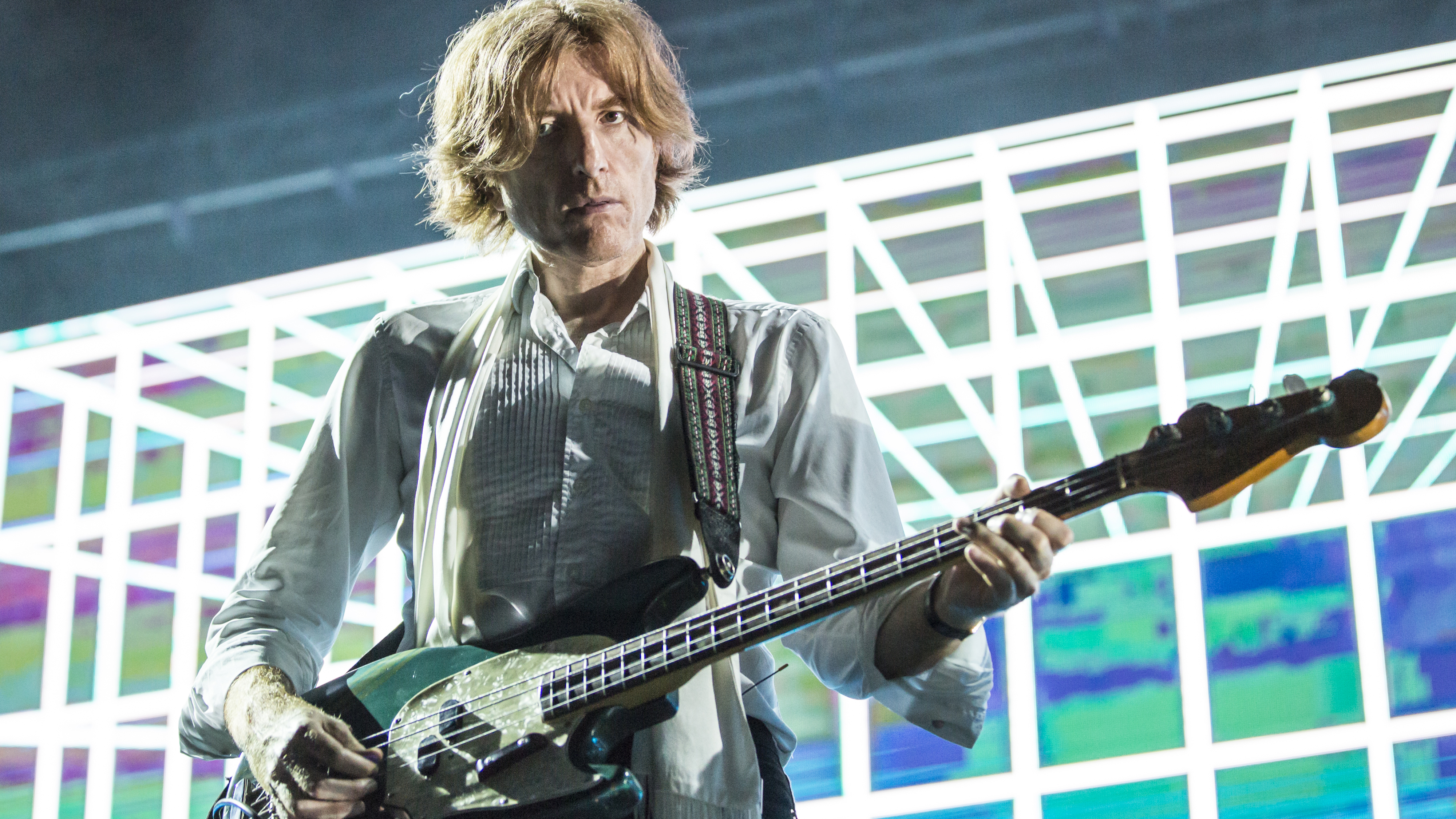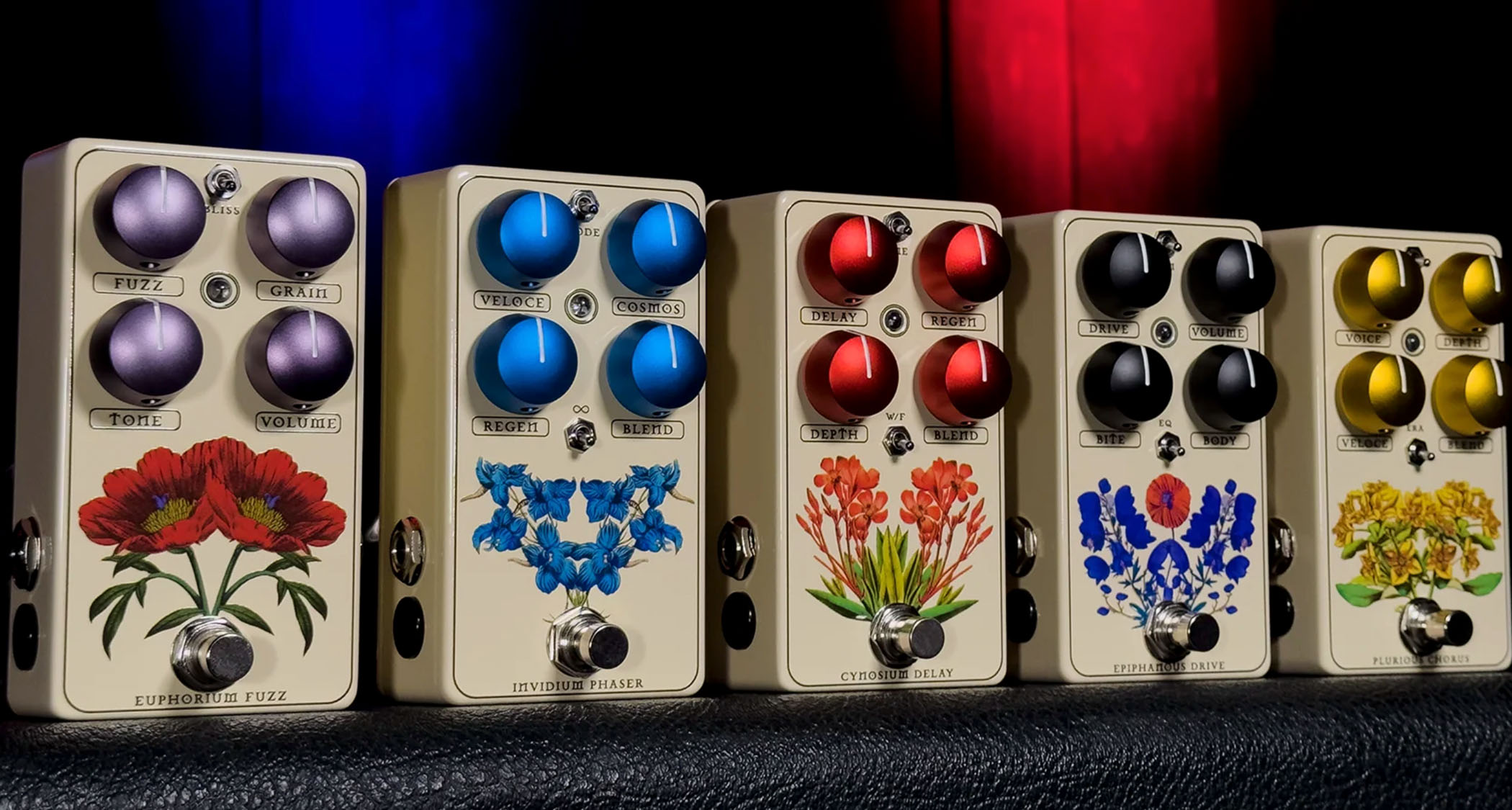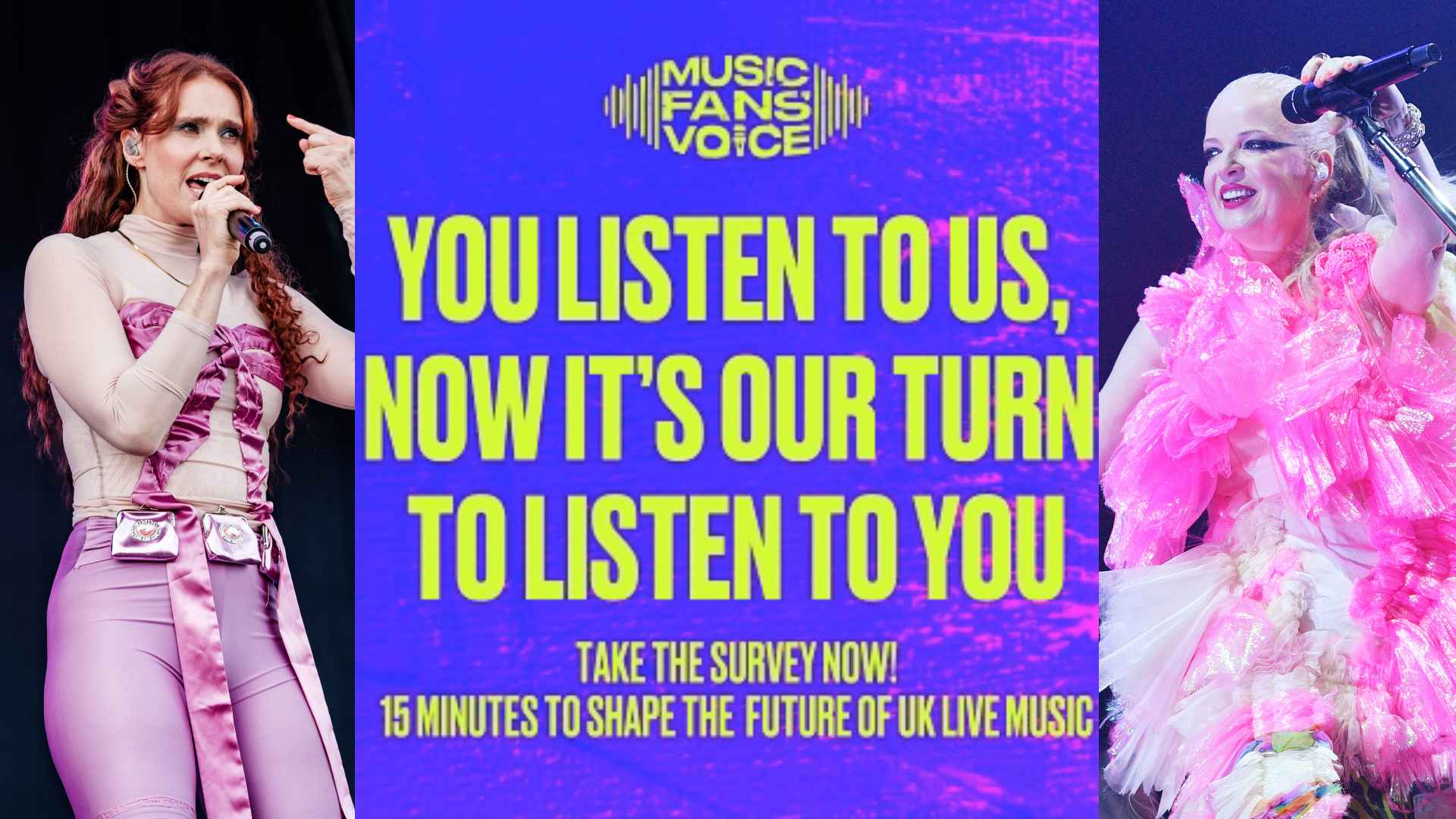Inside the World of an Online Session Drummer - November 2011 Part II
Recording Drum Tracks for Live Use Part II
Yesterday I introduced the concept of providing drum tracks for bands to use live. Now, I want to run through some of the main pointers you need to keep in mind for this kind of session work.
Sound
The live environment is pretty much opposite to the clean studio environment where every nuance is heard in a controlled environment. Aside from playing differences, we need to be aware of how our tracks are heard through a PA system.
EQ
Depending on the quality of the PA system the band is going through, it might have a significantly different response to really low frequencies. This is when mixing on headphones really isn't ideal. I know for a fact that if I mix on my Beyerdynamics, I'm not hearing anything under 40Hz. If the PA system has subs, it's hearing stuff we can't pick up on our headphones which could mean trouble if we're not careful, especially if there's some careless compression going on down there. For this reason, I usually roll off EVERYTHING under 50Hz on an EQ on the main output track. Better safe than sorry.
If possible, try to at least listen to a couple of your tracks through a PA system just to hear how different it sounds. When I lived on the farms with my band, we had a PA system kicking around with a couple Mackie Active speakers. I used to find myself taking off some of the real bright crispy top from hi hats, snare and overhead in order to give the sound more 'meat'.
Effects
If you're a long reverb fan, you might want to chill out a bit with that. I had quite a few requests from bands to supply my tracks 'dry' or without reverb as they preferred to add their own according to the sound in each venue. This makes total sense as your drum tracks are being heard in completely different settings for each gig and it's a tall order to supply tasteful reverb that sounds as 'right' in a low ceilinged, carpeted pub with loads of sofas as it does in a big empty hall.
Get the MusicRadar Newsletter
Want all the hottest music and gear news, reviews, deals, features and more, direct to your inbox? Sign up here.
Panning
It's worth bearing in mind that the audience at a live gig are unlikely to be standing equal distance from each speaker with undisturbed line of 'sight'. So we need to help them out and give them the best chance of hearing our drums. Panning stuff hard left and right is therefore asking for trouble and does no favours for the table of girls sat right in front of the lead guitarist 3 feet from the right PA speaker. After all, they're here to hear that tiny splash on the left hand side of the kit, right?!
So when panning live tracks I'll do one of two things, depending on whether I'm including a click (more on that later). If they want a click in the track, I'll pan all the drums mono. Yes, I know it doesn't sound as good, but over a PA it's not so noticeable.
If there's no click to be added to the track I'll pan the drums in the normal way, but far less. If hard left is -90, centre is 0, hard right is 90, I won't pan anything further out than, say 15. It just gives a little more space but still means that the drums sound right to people stood right in front of one or the other speakers.
It's worth noting that clients, on the whole, have no idea about any of this stuff. Other than the folks who mentioned the reverb, of course. But that doesn't mean it isn't important and worth thinking about. I guess it's one of those things that they might not consciously notice but it'll help the overall sound to be better and make them happy, even if they don't know why.
Tempo Considerations
Just like skiing, once the band sets off with your track they need to stick it out and keep to their feet right till the end unless there's going to be a horrible accident. You can just imagine a band playing along to a pre recorded track and coming in a bar early and playing the whole song with the sections in slightly the wrong place … horrible.
Just as important as helping them feel the tempo all the way through is giving them the confidence to play without worrying about where the tempo is (it's a horrible feeling isn't it when you can't quite feel the beat…) A band that lacks confidence sounds often sounds rubbish even if they're playing the right notes.
It's easy enough to tell where the beat is during a normal 2 + 4 section, but what happens with that washy intro or the third verse when the drums drop out?
Luckily we have a couple tools at our disposal:
Adding a Click
Sometimes you might want to or be asked to add a click to your drum track. This usually happens if the drums aren't playing for long periods of time and the band needs the pace kept, or if they have a percussionist so there's a lot of drum-my sound on stage so people can't quite be too sure where our beat is.
Rather than just bounce your drum track with the metronome turned on, giving everyone the click, we can hide the click so that only the folks who want it hear it.
You can do this by panning the click to one side and the drums, mono, to the other side. That allows the band to pan your track on the PA so the audience only hears the drums, whilst taking the other side and feeding this to a separate output which they can send to whoever needs it most (probably the bass player who can't even feel his feet let alone your Texas shuffle).
Obviously this requires a bit of technical expertise to split up your signal and feed it to separate places. For many bands this is out of the question because it's so much hassle, so an alternative method is needed. Ladies and Gentlemen, I'd like to present to you the TimLovesDrums patented 'Cymbals
During Every Single Quiet Section' approach:
If there's a verse where the drums drop out, I'll just play little cymbal rolls, 'tings' and accents to fit with the guitar notes. The tings are kind of like rolls but with the tips of the sticks towards the middle of the cymbal, between the bell and the edge. If you've seen my videos, you know the stuff. Anyway, I'll keep these going the whole time, playing with the guitar rhythm. If it's pretty sparse I might keep the hi hat pedal on 2 and 4. Doing this means you can still imply the rhythm without spoiling the sound using stick clicks or resorting to the more crude alternative of just hammering the hi hat on every beat (which I do sometimes if it's a really heavy track or during a big guitar intro).
Count Ins
The count ins are SO important. Get these right and everyone gets off to a confident start. Make them ambiguous and there'll be a heap of musicians lying on the stage drenched in their own tears by the first chorus.
Every count in I do follows the structure 1….2….1..2..3..4.. and is played on the sticks only, no voice. (Adding my voice would just sound funny over the PA especially if it's quiet in the venue before the song…) Having the longer 1….2…. first gives everyone a chance to get settled before the 1..2..3..4.. and make sure they're in the same place.
If you make this the same for every song, the band always knows what the deal is without having to 'learn' different count ins for each song.
Obviously your count in needs to be before anything has played. It's no use listening to the long guitar intro and playing your count in just before the drums come in. After all, how is the guitarist going to know when to start? So your count in needs to come right at the start of the track and then you'll have to keep the tempo throughout the guitar intro and THEN lead everyone into the song. Cool?
Finding These Live Bands
So how do you advertise to attract these folks?
They're not all looking for a drummer, like you might think. The folks I've recorded for are, on the whole, using MIDI tracks before they use me. They don't actually want a live drummer. So we have to find them where they are already, happy and satisfied with their lot then give them an alternative. Guitar mags , Guitar forums and Google Network ads on sites that have anything to do with drum backing tracks. I even ran an old campaign called Say No To MIDI, bought a bunch of clicks on MIDI drum tracks and sent them to a page I knocked up on saynotomidi.com (now deceased). The live customers you get are such good customers they are worth working for and the good news is that no one else is hunting them out.
Imagine, you could playing dozens of gigs every weekend without even leaving the house! They're out there, go and get them.
Zak Starkey is back in The Who. “I take responsibility for some of the confusion… Zak made a few mistakes and he has apologised”, says Pete Townshend
“I oversaw every element - not just the music and the lyrics and the melodies and the production, but also the merch and the fan clubs and everything”: Mike Portnoy talks about his years away from Dream Theater
